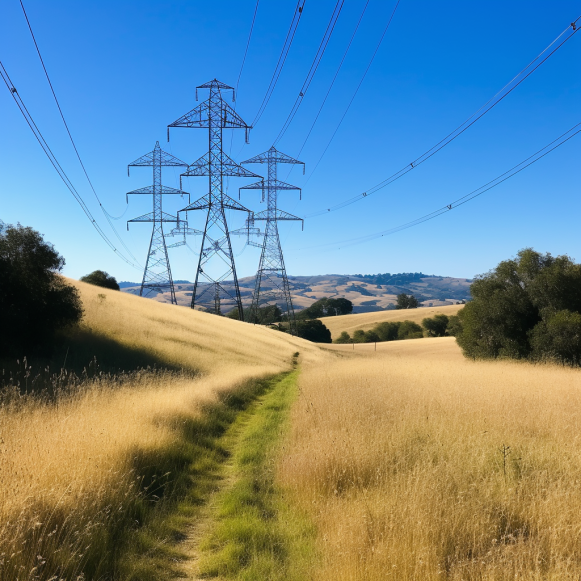Groups team up to combat fast-rising PG&E electric and gas bills

Coalition emerges even as state regulators prep OK for higher PG&E
OAKLAND, Calif. — Consumer groups, politicians, labor unions, and advocacy organizations have joined forces to combat fast-rising PG&E monthly bill increases and demand greater accountability from the utility behemoth.
FAIR California, as the diverse coalition is known, has banded together just days before a vote by state regulators on Thursday that is expected to give PG&E the authority to raise monthly power bills — yet again — beginning in January.
“We have to create a sufficiently substantial counterweight to the massive political power of PG&E, its investors, and its political allies,” Sam Liccardo, former mayor of San Jose and one of the key leaders of FAIR California, told this news organization.
The Utility Reform Network, or TURN, has fought nearly alone for decades to oppose rising utility bills delivered by California’s three major utilities, PG&E, Southern California Edison, and San Diego Gas & Electric.
Now, another vote is looming at the state Public Utilities Commission, which is poised to give PG&E permission to impose a new round of higher monthly bills.
“We need to stop the sky being the limit for PG&E requests for rate increases, and the sky being the limit for how much the CPUC can approve,” TURN executive director Mark Toney said.
The opposition to PG&E’s rising electric and gas costs has emerged at a time when PG&E monthly bills have risen far faster than the Bay Area’s brutally high inflation rate.
“What we need is legislation that caps annual rate increases to no more than the cost of living allowance received each year by people on Social Security,” Toney told the Senate Finance Committee. “Make PG&E live within a budget like its customers have to.”
PG&E bills for the average residential customer increased 38% over a three-year period that ended this summer, or an average of 12.7% per year, according to PUC public advocates.
During the same roughly three-year period, the Bay Area inflation rate, as measured by the consumer price index, rose 11.7%, according to a review of data from the U.S. Bureau of Labor Statistics by this news organization.
When compared to inflation, PG&E electricity bills have also skyrocketed in the last year.
The cost of electricity provided by utility companies in the Bay Area — essentially a proxy for PG&E monthly electric bills — increased by 12.3% in the region over a year ending in August, according to the US Bureau of Labor Statistics.
“We are working to keep overall customer costs at or below assumed inflation, between 2% and 4%,” PG&E spokesperson Mike Gazda said.
However, the coalition believes that PG&E’s ability to wield influence has helped pave the way for seemingly inexorable increases in utility costs.
“PG&E has been prevailing in nearly every battle at Sacramento and the PUC for decades,” Liccardo said in a statement. “It is critical that a broad coalition of residents and businesses speak and work together.” This is critical in light of PG&E’s rapid acceleration of rate increases in recent years.”
The state PUC is scheduled to consider two options for PG&E’s general rate case proposal on Thursday. Both options would raise monthly PG&E bills.
“PG&E’s general rate case proposal focuses on continued safety improvements for our customers and hometowns,” Gazda said in an emailed statement to this news organization. “More than 85% of our proposed increase in revenues is for reducing risk in gas and electric operations.”
The first option under consideration by the PUC this week would raise monthly bills for the average residential customer who receives PG&E’s combined electric and gas services by $31.13. Electricity bills would increase by $22.37 per month, while natural gas bills would rise by $8.76 per month.
PUC Commissioner John Reynolds’ alternative proposal would raise average residential monthly bills by $25.25. Electricity bills would increase by $18.59 per month, while natural gas bills would rise by $6.66 per month.
The first option would result in a 12.5% increase in monthly bills. The alternative option would result in a 9.9% increase in bills. In both of these scenarios, PG&E bills would rise much faster than the current inflation rate.
“TURN has fought the good fight,” said Liccardo. “TURN is doing fantastic work. But because PG&E has so many resources and so much power, it will take all of us to stand up to the bully.”






